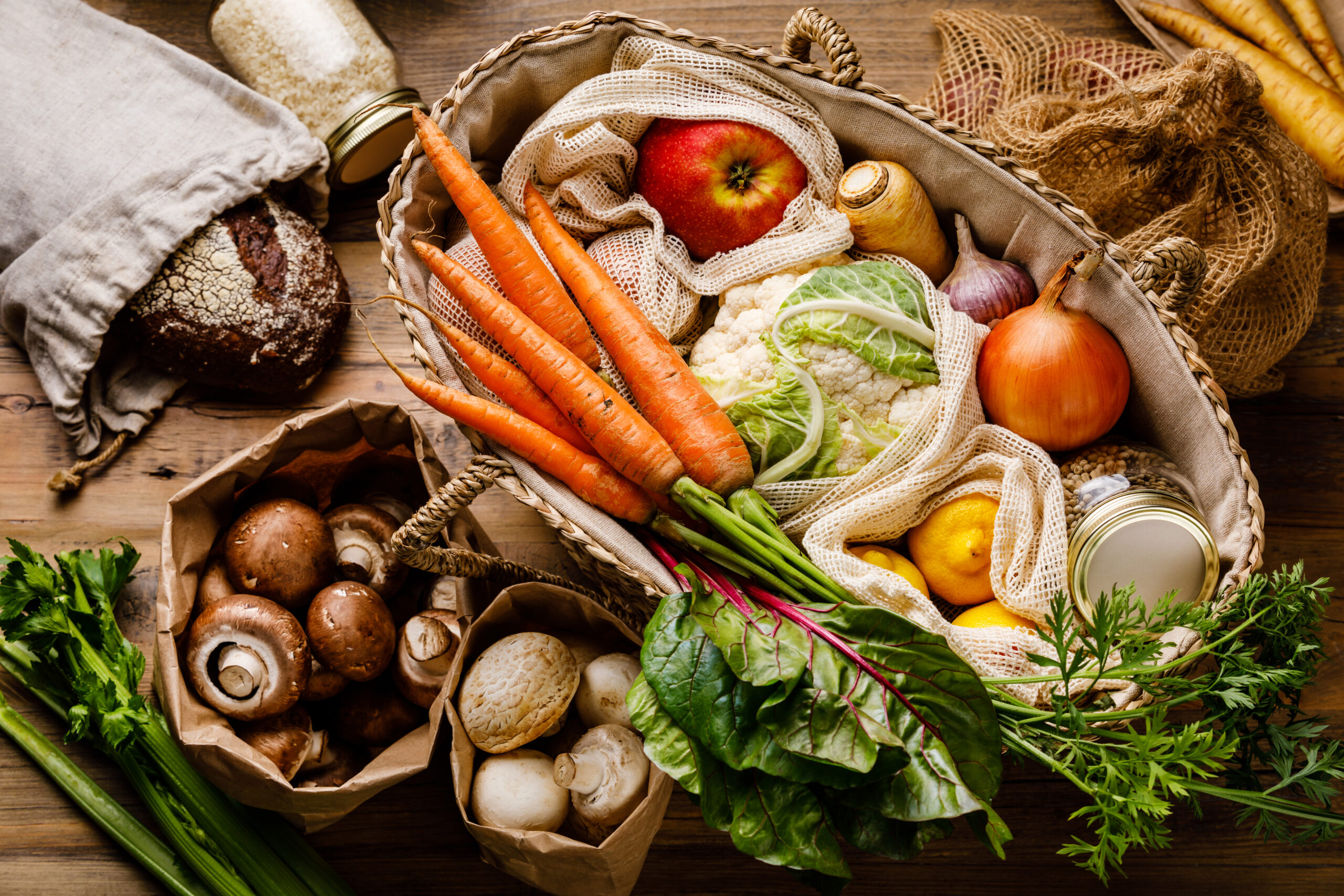Food insecurity is a significant global challenge, affecting millions of people around the world.
It can lead to malnutrition, poor health, and other negative outcomes. Governments, International Organizations, and civil society organizations all play a role in addressing food insecurity and promoting food security.
Food security refers to the availability, accessibility, and affordability of food for all people. It encompasses the production, distribution, and consumption of food and the various factors that can impact these systems. Ensuring food security is essential for the well-being and prosperity of individuals, communities, and nations.
There are several dimensions to food security:
- Adequacy: There is enough food available to meet the nutritional needs of individuals and populations.
- Accessibility: People have physical and economic access to adequate amounts of diverse, nutritious, and safe food.
- Stability: The availability and access to food are consistent and not subject to sudden disruptions.
- Utilization: People have the knowledge, resources, and infrastructure to properly store, prepare, and consume food to meet their nutritional needs.
The Global Report on Food Crises, published in May 2022 by The Food Assistance Convention, indicated that around 193 billion people in 53 countries were in crisis by the end of 2021. The last years were not indicative of the analysis pattern because of the increase in food accessibility for the COVID-19 pandemic that extremes the pre-existence fragilities. On the other hand, war can increase problems concerning the accessibility and stability of food supplies. A reduced level of conflict can support some improvement in business activities, trade, and human access but war can cancel a whole annual export of seasonal food, as with Ukraine’s corn. A joint FAO and WFP has been producing a Monitoring report of food in countries in conflict situations for the UNSC since June 2016 and, in all these countries, the situation becomes worse if the war is longer.
As we mentioned, food security has to be a goal for Governments and International Organizations – by ensuring stability, peace and, responsible consumption and production – but private companies are the main driver of R&D in this field.
FAO has estimated that, in 2050, we will need 50% more food and 600 million hectares more only for agriculture to be able to feed the ever-growing world population.
The keyword for mitigating this direct relationship is efficiency.
ESG can be one method to improve efficiency and create value for small farmers all over the world.
Grants and investment for the supply chain and good welfare politics for all the stakeholders of the chain can increase the production of food. It has been reported that education and formation actions on the African caffe farmers ha increase the production of a notorious label by 30%.
A 2.0 solution for the “efficiency” problem could be the Vertical Farm. A vertical farm is a type of agricultural facility that grows crops in stacked layers, using hydroponics or other soil-less methods. The plants are grown in trays or containers, with artificial lighting and controlled temperature, humidity, and nutrient levels. Vertical farming allows for the cultivation of crops in a smaller footprint, using less water and pesticides, and with a potentially higher yield per square foot compared to traditional field agriculture. It can also be used to grow crops in urban areas, where space is limited, or in regions with challenging climatic conditions.
The aforementioned solutions are only a few of the numerous possibilities that mankind can improve to solve the problem but we all have to remember that an issue “does not exist independently of the values and interests’ stakeholders assign [to it]” and food security is something important for the existence of the entire human being.

